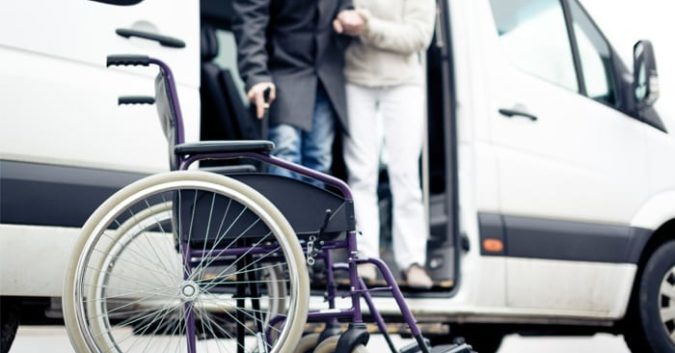In a first-of-its-kind study, the CDC found that 1 in 4 American adults have a disability, up from 1 in 5 adults in 2013.
Previous research shows that adults with disabilities face far greater barriers to healthcare than those without. But to improve healthcare for this historically underserved population, the CDC needed a more complete view of disability types, specific barriers to care, and how they impact public health.
The Prevalence of Disabilities
For their study, CDC researchers pulled data from a 2016 telephone survey. The survey asked respondents to self-identify any of 6 different disability types: mobility, cognition, vision, independent living, self-care, and for the first time, hearing.
Of the 61 million adults who report having a disability, most report mobility and cognitive limitations. These affect 14 percent and 11 percent of adults, respectively. Overall, the prevalence of disabilities varies by 5 factors:
- Age: Disabilities are more common in adults age 65 and older (affecting 2 in 5 seniors). Cognitive disability is most common among young adults (11 percent), while mobility disability is most common among middle-aged (18 percent) and older adults (27 percent).
- Sex: Across all age groups, disabilities of all types except hearing and self-care are more prevalent in women than in men.
- Race and ethnicity: Non-Hispanic American Indians/Alaska Natives are most likely to have a disability. More than half (55 percent) of AI/AN Americans reported a disability, closely followed by Hispanics (51 percent). The lowest prevalence was reported among Asians.
- Location: Disabilities of all types across all age groups are most prevalent in the South Census region of the U.S.
- Income: As income decreases, the percentage of adults with disabilities increases. Disabilities are nearly 5 times as prevalent in adults aged 45 to 64 living below poverty level than in adults earning twice the poverty level.
Gaps in Access to Care
The report also highlighted disparities in “access to care,” which by CDC standards means having healthcare insurance, a doctor, and routine health checkups.
Data showed that seniors (age 65 and older) with disabilities are more likely than younger adults with disabilities to have all 3 indicators of access. Those with self-care disabilities reported the most access to care, while those with vision disabilities reported the least.
The first step in improving access for these individuals, the CDC says, is to bring more attention to – and reduce – these largely underestimated disparities.
“At some point in their lives, most people will either have a disability or know someone who has one,” said Coleen Boyle, Ph.D., director of the CDC's National Center on Birth Defects and Developmental Disabilities. “Learning more about people with disabilities in the United States can help us better understand and meet their health needs.”
So what disabilities should we be aware of?
The Most Common Disabilities
All in all, disability prevalence varies most by age group and sociodemographic characteristics, while healthcare access varies by age group and disability type. As for specific disabilities within each type, age is again a big factor. In children, for example:
- Cerebral palsy is the most common mobility disability (which the CDC defines as serious difficulty walking or climbing stairs).
- ADHD, autism, and Down syndrome are the most common cognitive disabilities (defined as serious difficulty concentrating, remembering, or making decisions).
- Epilepsy and dyslexia are among the most common disabilities to limit independent living and learning.
Yet some developmental disabilities among children – which are also on the rise – are prevalent across all 6 disability types. Cerebral palsy (a preventable birth injury caused by medical error), for example, leads to a wide variety of physical and cognitive symptoms, including difficulty moving, walking, communicating, and looking after oneself. The condition is also more common in certain demographics – particularly minority and rural communities, who typically experience lower standards of care.
The CDC’s report concluded that people with disabilities need better access to care, which researchers say could not only prevent secondary conditions but also delay the progression of existing ones. Even more, these individuals need early access to healthcare. For people with conditions like CP, early intervention offers the best chance of living a full and normal life.
Ultimately, researchers hope this study will encourage healthcare providers to start making smarter and more inclusive decisions. As the disability population grows, quality public health programs are needed more urgently than ever.
